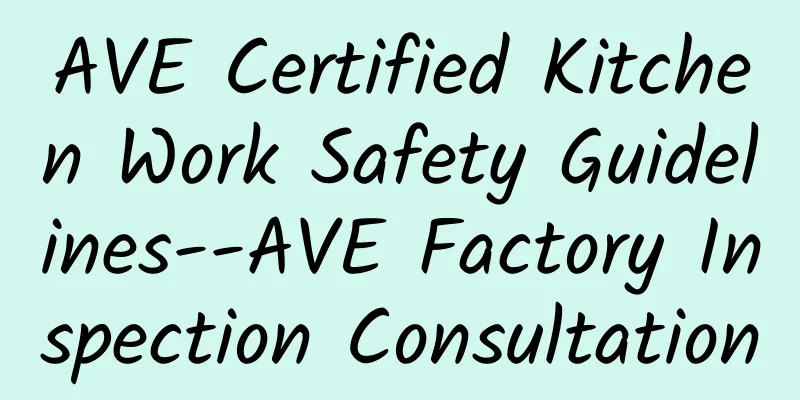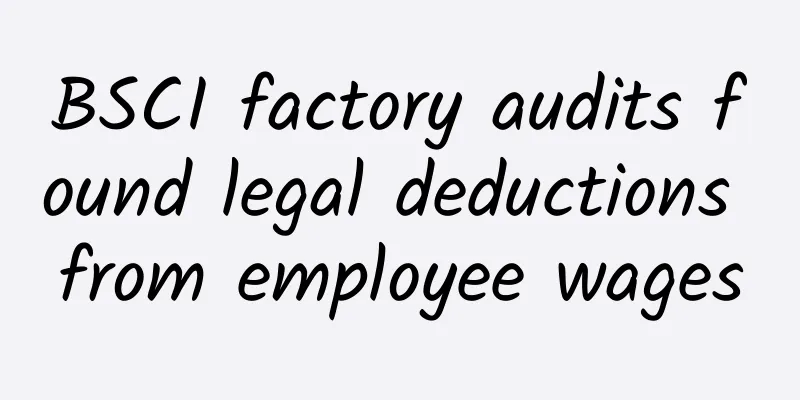AVE Certified Kitchen Work Safety Guidelines--AVE Factory Inspection Consultation

1.0 Purpose To avoid and prevent the occurrence of dangerous events during the operation. 2.0 Scope of application Human Resources and General Affairs Department. 3.0 Responsibilities and authorities 3.1 Personnel General Affairs Director 3.2 Personnel General Affairs Chief Chef Overall supervision of kitchen operations, formulation of relevant procedures, handling of special events, and ensuring kitchen safety and hygiene. 3.2.1 Directly responsible for the management of middle, high and grassroots canteens, personnel transfers and arrangements. 3.2.2 Supervise kitchen staff to perform safety and hygiene work every day to ensure the safety and hygiene of the canteen. 3.2.3 Educate and train kitchen staff on safety awareness. 4.0 Operation Guidelines 4.1 Electric switch: Before turning on the electric switch, check whether the switch is damaged and whether there is water on your hands. Only after checking that it is normal can you turn on the switch. Otherwise, there is a risk of leakage and electric transmission. 4.2 Exhaust fan: Before cleaning the exhaust fan, you should first turn off the switch and hang a sign with the words "Danger, Do Not Open". Then use a wet towel soaked in detergent and wrung out the water to gently wipe the exhaust fan. Remember not to rinse the exhaust fan directly with water, otherwise it will damage the exhaust fan motor, causing a short circuit and a fire. 4.3 Fan: After turning on the fan, first listen to whether the fan is running normally (the normal sound is that the speed is slowly increasing when activated). If it is not normal, turn off the switch in real time and report to the management staff for maintenance. Otherwise, the motor will burn out and affect normal operation. 4.4 Lighting the fire: Before lighting the fire, you must understand the performance of the throttle and air damper switch. First, turn on the throttle switch, then put the ignited combustion-supporting tools into the burner head, wait for the fire to burn, then slowly open the air damper, and at the same time, turn the throttle down a little. When the air damper is at a certain position and can cooperate with the burner head fire to burn normally, adjust the throttle switch to a suitable position. 4.5 Note: When adjusting the air damper, the speed should be moderate, and do not lower your head too close to the furnace door, otherwise, the fire will spray out of the furnace and burn your face. 4.6 Extinguishing work: When you need to extinguish the fire after working with fire, you should first turn off the throttle, make sure that all the fires are extinguished, and then turn off the air damper. Before leaving get off work, you must check whether all the fires in the furnace are extinguished before leaving. Otherwise, the fire in the furnace for a long time will not only burn the furnace, but also easily cause a fire. 4.7 Steaming cabinet: When the steaming staff needs to check whether the rice is cooked and pour the rice, they should first stand on the side of the steaming cabinet, open the cabinet door, and wait until the steam becomes weak, then use the rice spoon to pull out the rice box to check and pour the rice. Otherwise, the high steam temperature will seriously damage the skin. 4.8 Boiling oil: When the oil pan is boiling, the staff must not leave the work station and always control the oil temperature. For specific situations, please refer to the following table:
|
>>: German companies promote AVE model
Recommend
Shaoxing ** Knitting Industrial Park Co., Ltd. passed the RCS factory certification!
Customer introduction: Shaoxing ** Knitting Indus...
Timberland Timberland factory inspection standard audit
Timberland Timberland factory inspection standard ...
SEDEX Membership Guidelines Terms
SEDEX Membership Guidelines Terms Class A Member ...
Automotive Industry Quality System (TS16949) Audit Focus--Document Control Center
Automotive Industry Quality System (TS16949) Audi...
ISO9000 quality management system certification time adjustment
According to the requirements of ISO9000 certific...
Shanghai Enterprise Wage Payment Method
These Measures are formulated in accordance with ...
Mattel Factory Inspection/Factory Health Special
Does the factory conduct industrial hygiene monit...
woolworths woolworths factory inspection consulting training consultant
woolworths woolworths factory inspection consulti...
Conditions for applying for ISO17025 laboratory accreditation
What are the conditions for applying for ISO17025...
The difference between OCS certification and GOTS certification!
First of all, the objects of certification are def...
What is Cdiscount? Cdiscount registration information and platform fees
Cdiscount is currently the largest e-commerce pla...
SEDEX Membership Guidelines
Sedex Membership Guidelines Sedex is a membership...
Why do I need a French VAT number? What information and procedures are required for French VAT number registration?
Why do I need a French VAT number? Summary of Fre...
What is GET Global E-commerce Distribution System? What product categories does GET Global E-commerce Distribution System have?
GET Global E-commerce Trader is a supply chain br...
Is eBay easy to do business? Which one is more reliable, Amazon or eBay?
Is eBay easy to do business? To start with this q...









